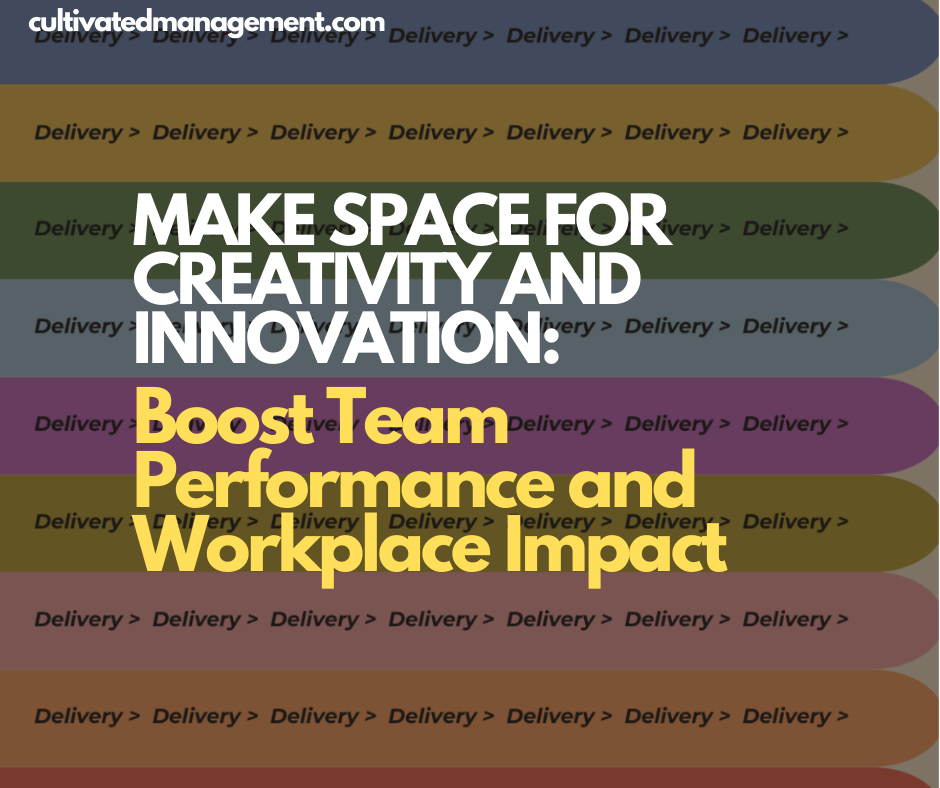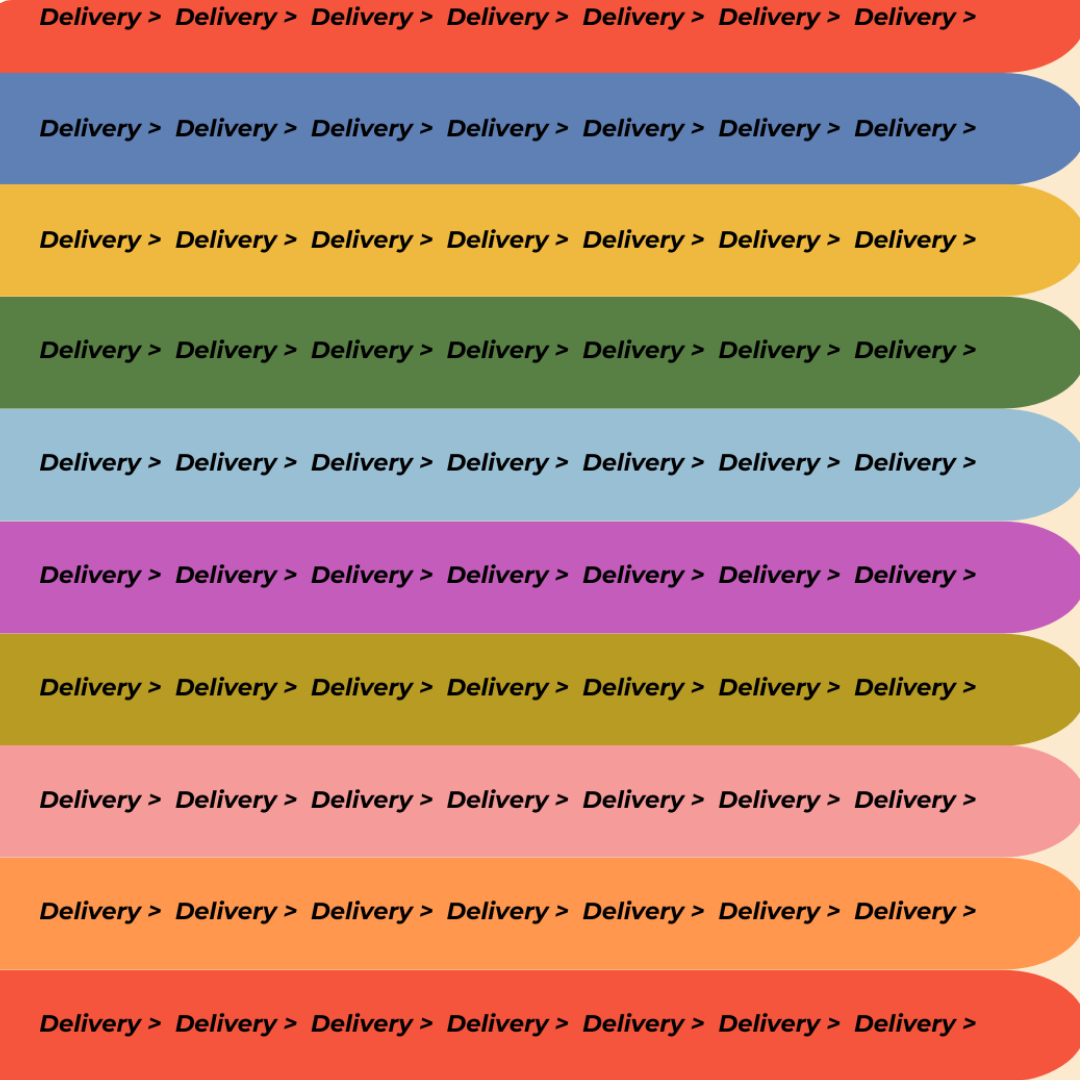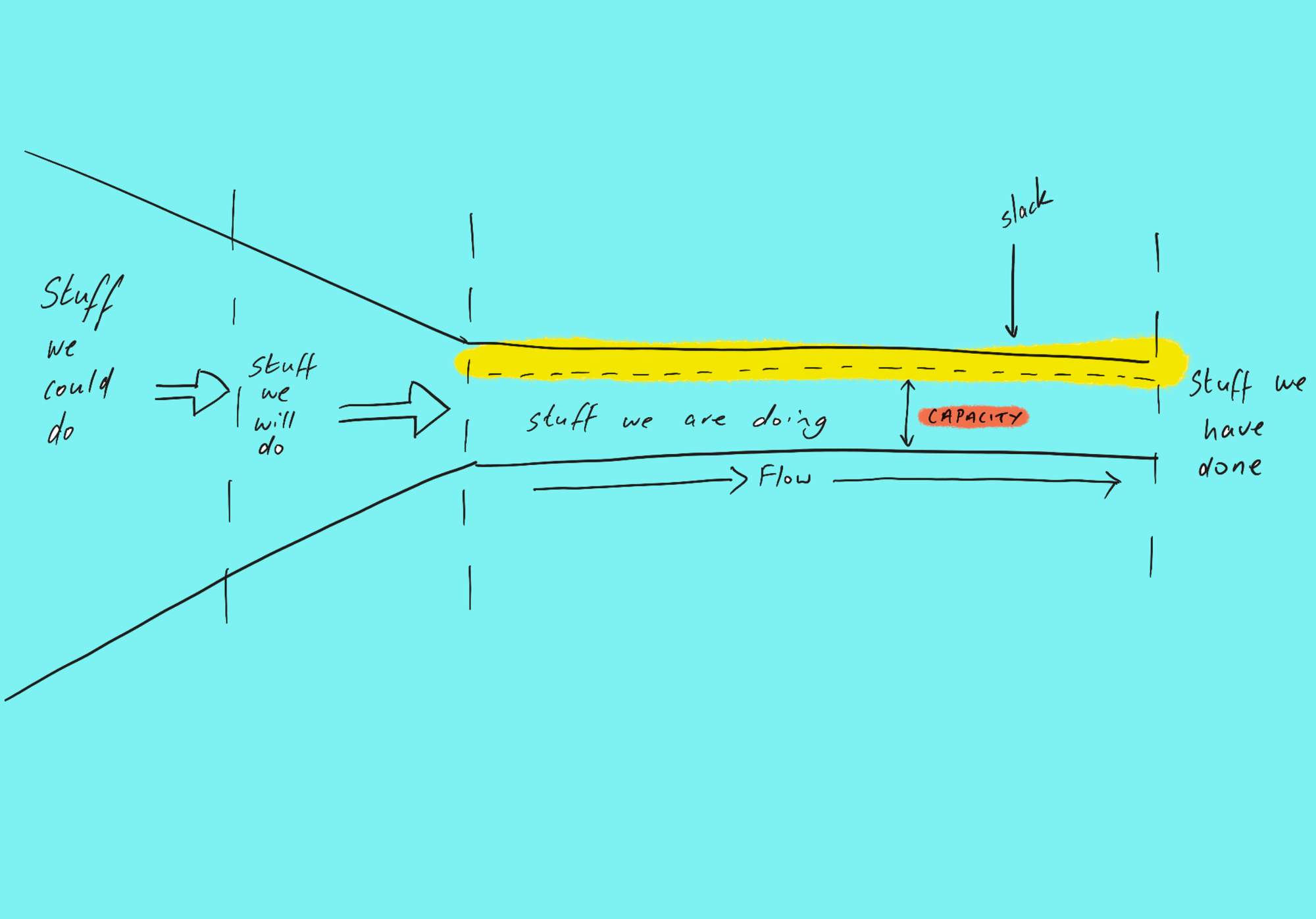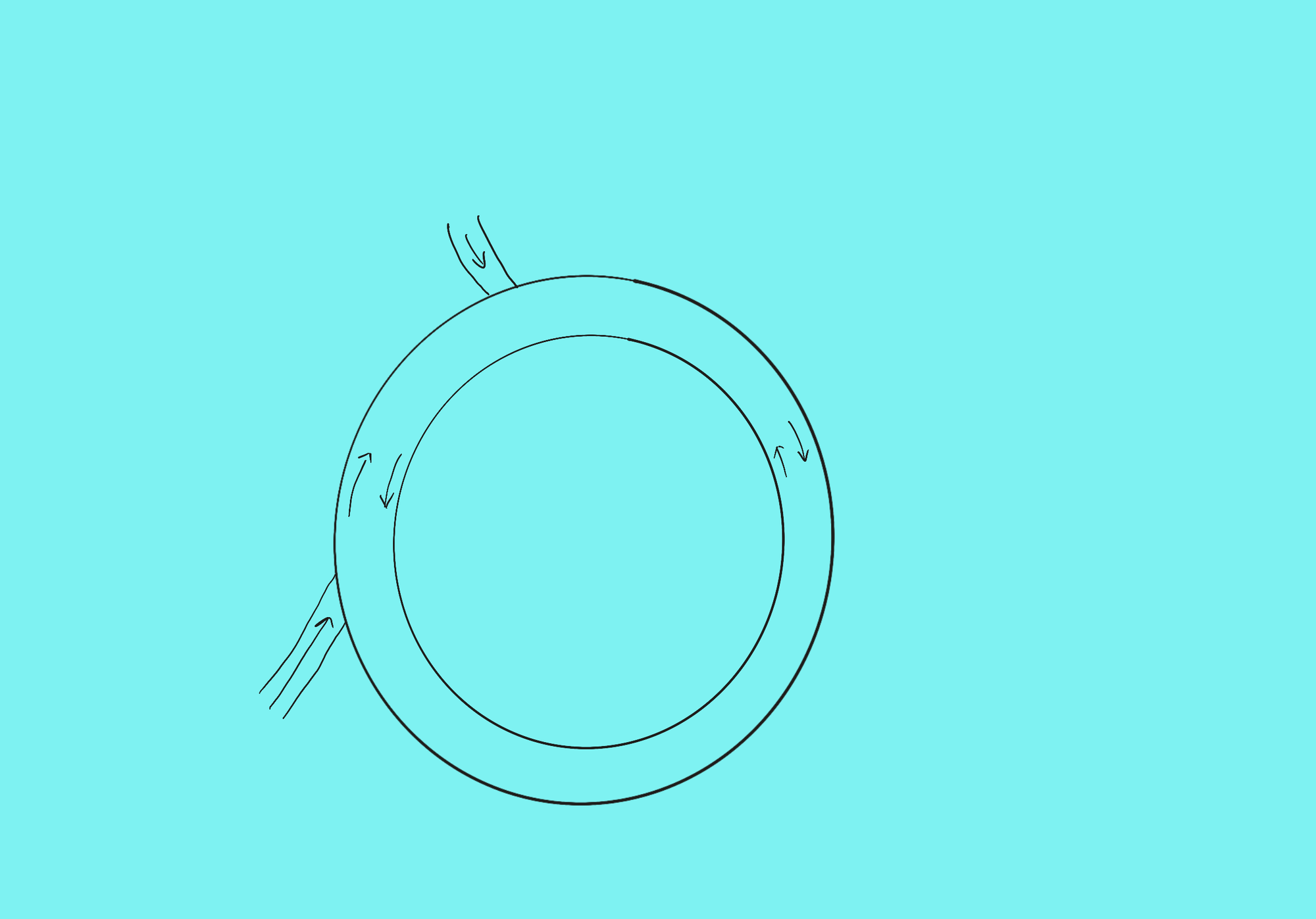
Make Space for Innovation and Creativity
I do a lot of work with enterprise-sized organisations, or certainly very large companies. There’s a bias towards control and organisation – and delivery. And, of course, cost.
And, of course, control. More control. Even more control.
Did I mention control?
This article first appeared in the Meeting Notes newsletter - Get One Idea a Week to Lead with clarity and cultivate workplaces that enrich the lives of all who work in them.
It’s all about delivery. Controlled delivery. But we must leave gaps – space, slack, air, capacity, elbow room – for innovation and creativity.
I’m not talking about dedicating a week in a year-long delivery cycle (although that is better than nothing). I’m talking about weaving creativity and innovation into the very fabric of our delivery cycle.
We can’t force creativity into a three-day firebreak halfway through the year – when everyone is knackered and those creative ideas have long since gone. We can’t realistically improve the business by deferring all creative work to a couple of days in September.

Creativity and innovation should be part of our work – baked into how we work. When we see something that needs improving, there should be space for creative problem solving. When we see a gap in the market, we should have time to explore how we could fill it. When we spot a chance to create an innovative product, we should have downtime to run mini experiments.
Sure, innovation weeks, hackathons, and creative play weeks are better than nothing. But what if we could make space for creativity and innovation every week? Every day? As part of our regular work?
Two tactics I deploy – and weave into all my work – are flow and frequent creative sessions.
Flow (and Slack)
The first tactic is to ensure we’re not filling our delivery “capacity” to the brim. We need to leave space – some slack.
Not only will work grind to a halt if we focus on filling every available slot, but there will also be no space for problems, emerging work, breaks, or sickness. It’s much better to have work flowing than to overload the team’s ability to deliver.

In the UK, we have a motorway called the M25 that circles London. Anyone who’s been on it knows it can either be total chaos or a fast route around the city. The goal is to operate it based on flow. It doesn’t always work.
When the M25 is running at capacity (or over), nobody gets anywhere – it grinds to a halt. Accidents, breakdowns, erratic driving, sheer volume – they all push the system to its limits.

Yet there are mechanisms to allow traffic to flow, even under pressure. Traffic lights on slip roads allow cars to merge in small batches, controlling capacity. Dynamic speed limits slow traffic before a bottleneck to maintain flow. It’s not perfect, but the principles are sound. (Sound familiar, Kanban fans?)
These systems prevent gridlock while giving responders room to manage incidents safely – and they allow flow to continue, albeit slower.
How can we adapt similar strategies into our work delivery? How can we give people slack, space, and time for creative problem solving, innovation, or simply improving the workplace?
Have Time and Space for Creativity
Another approach is to dedicate a frequent, focused time for creativity and innovation.
When I run a team, we always have a weekly two-hour slot for creative problem solving. Every week. It’s baked into agendas, calendars, and delivery cadence.
Instead of having one week in September, a half-yearly creative sprint, or an innovation week, how could we make creative time part of “business as usual”?
People are naturally creative and innovative – they just need space, time, and sometimes, permission to bring it out.
By combining flow – leaving slack in delivery – with regular, scheduled creative sessions, we create an environment where innovation isn’t a rare event, but a natural part of how the business operates.
It’s about making room for ideas, experiments, and improvements – every week, every day – rather than hoping they appear during a pre-defined “creative week.”
Innovation doesn’t thrive under control. It thrives where there’s freedom, space, and consistent opportunity to think differently.
And eventually, it will just become a natural behaviours – something people do every day. And that's a powerful thing to see.
👉 Ready to move faster towards your business goals while building a workplace people love? I help managers and leaders get there—through coaching, consulting, and training. See how I can help you.
